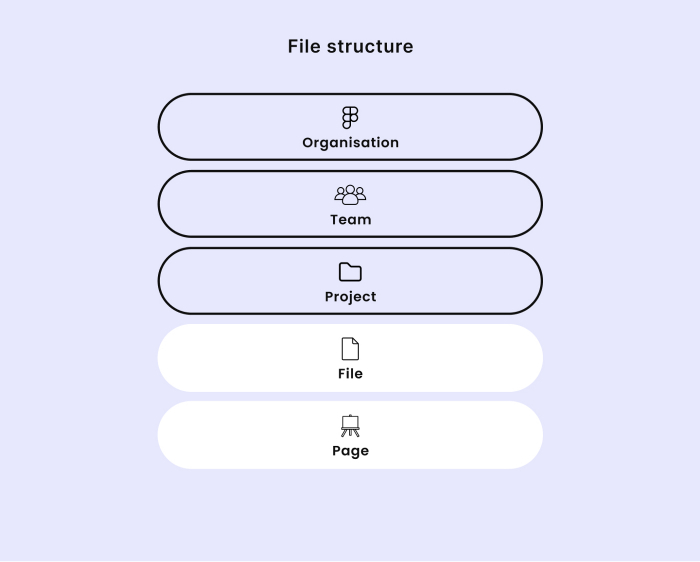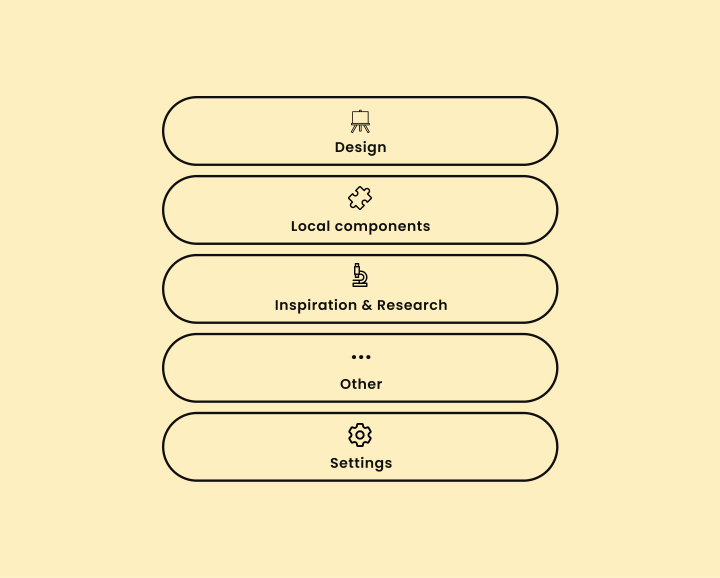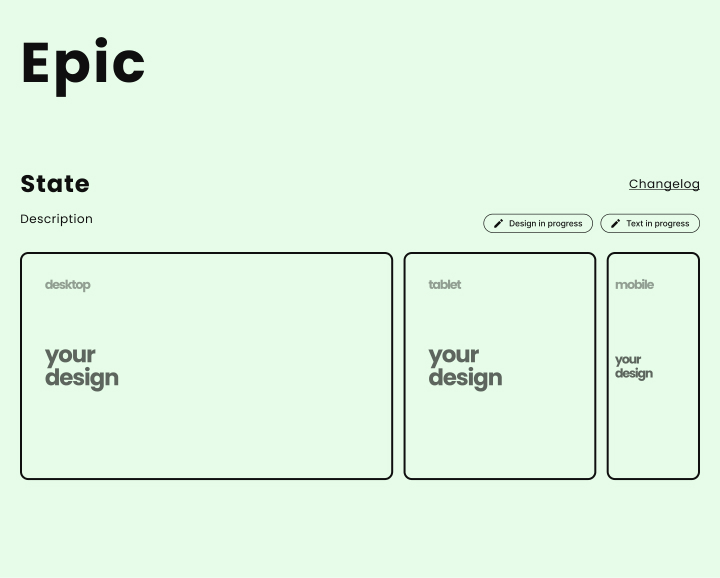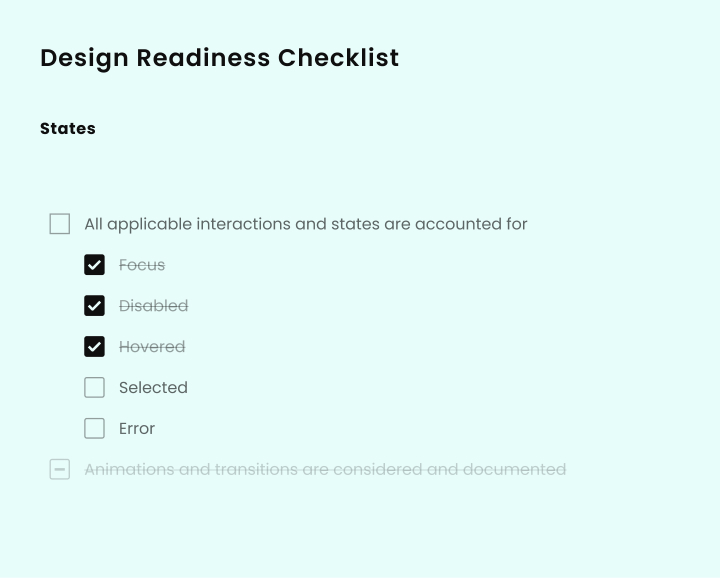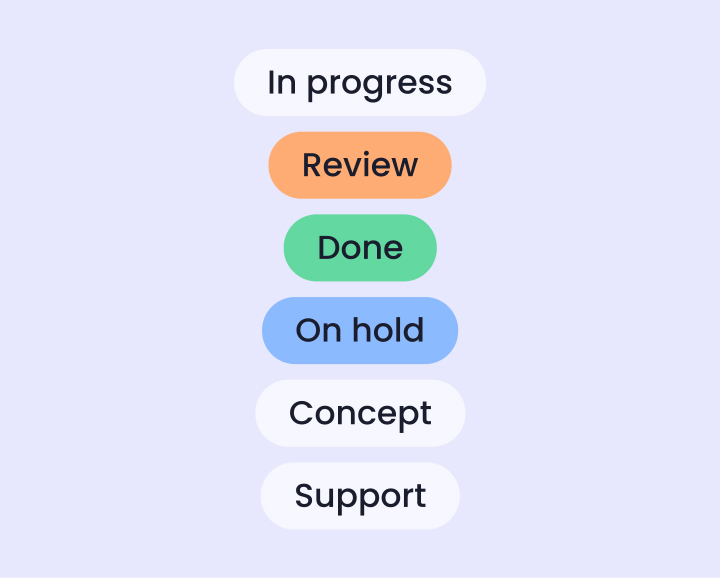2019 – 2022
This article is about moving from Sketch to Figma and finding a clear way to organize design files
A Few Words about Me
I am Anatoly Verbitsky, Principal Designer at Alibaba Group, AliExpress. Before I worked at YooMoney (former Yandex.Money).
Along with my key product tasks, I was interested in dealing with the processes in UX team and making our work visible and clear to everyone in the company.
